By Liana Silva-Ford | Originally Chronicle Vitae. August 12, 2014
In May the Center for American Progress released a report on diversity in K-12 classrooms across the United States. According to the study, the racial and ethnic makeup of public schools just isn’t reflected in the teachers in front of those classrooms. Only one in five teachers is not white.
The center, along with the National Education Association, is calling for the hiring of more teachers of color. That’s necessary, both groups say, because teachers should reflect the racial and ethnic diversity of their students.
But what about when the classroom is all white?
When I first returned to the United States for graduate school, I moved to upstate New York in part because I had been awarded a diversity fellowship. I am Puerto Rican, and living in Puerto Rico for most of my life had given me a very different idea of racial categories. I knew I was brown, for example, but I put little thought into where I fell on the American racial spectrum. I was certain I wasn’t white, but I didn’t know what it meant to be racialized as a person of color—nor did I know how this would affect my credibility in the classroom.
My diversity fellowship gave me five years’ worth of funding: two years for my master’s and three for my Ph.D. I only had to teach one semester per year, and I had no teaching obligations my first year as a graduate student. Initially, I thought I received this great break because of my success as an undergraduate; I am proud to say I graduated summa cum laude and received undergraduate-honors tuition waivers every semester I was eligible. I thought I deserved a merit fellowship.
Of course, all of my fellow scholarship recipients were just as deserving. But I quickly understood what my fellowship meant: It was a diversity fellowship, meant to compensate for our underrepresentation in higher education. Although my classmates in my department were largely white, it wasn’t until I had my turn in front of the classroom that I felt the weight of my ethnicity.
My teaching days are over. But years later, my work and my writing still bring me back to my experiences in the classroom. One of the memories that stands out: me in a windowless classroom, talking to students about a movie, a satirical comedy about the American Dream. I stand in the middle of a group of desks arranged in the shape of a horseshoe. I write on the board, engaging with students’ questions about whether the American Dream is still applicable today. Some students swear that if someone is poor and can’t get a job, then that’s their problem; others insist that systemic inequality is a real issue. I realize that I am the only person of color in the room.
Here’s the thing: Once you notice you’re the only person of color in the room, you can’t unsee that. You can’t let that feeling go.
As I remember the scene, everything seems to slow down. The voices drown out. I turn my head from left to right and survey the room. All the faces: white. And I feel anxious, as if suddenly remembering that I’d left graded papers at home even though I’d promised to return them today. But in my flashback, I haven’t forgotten anything. I’ve just realized that things will never be the same.
In reality it was a quick moment; I tuned out for a second while my students argued among themselves about whether the American Dream was really attainable or just an illusion. I’d like to say that I threw out my syllabus on my way out of the engineering building where my class met, and that it changed my pedagogy forever. It didn’t.
The truth is, the presence of my body in that classroom was disruptive enough. I’ll never know the effect it had on my all-white classroom to have as an instructor a first-generation Latina who admitted to sometimes getting her words confused because she still thought in Spanish. (And still does.)
Not all of my classrooms were as racially homogeneous as that one—and to be honest, the undergraduate student body was quite diverse even if the graduate student body was not—but the feeling of being the only brown body in the room remains. I experienced the weight of race, of my ethnicity, of my family, of stereotypes on my shoulders. I knew that my not having an accent or not being traditionally pretty would stay with them forever.
Years later, I taught a Latino literature class, the only literature class this English major would have the chance to lead. This time, my class was mostly comprised of people of color, many of them Latinas and Latinos from the New York City area. The white students were a minority in the class.
Yet when I read about the Center for American Progress’s study and their recommendation for more people of color in front of the classroom, it brought me back to that classroom without a single student of color. It made me think that a diverse professoriate matters not just for students of color but also for white students. It makes a difference in terms of topics discussed, in terms of perspectives confronted, in terms of conversations started.
It’s worth doing. The bigger question is: How to do it? How will schools (K-12 schools and colleges) support a more diverse faculty?
Liana Silva-Ford is a freelance editor and writer living in Houston, Texas.
She is the editor of the newsletter Women in Higher Education. Liana is currently working on a book about postcards, stemming from her geeky postcard collection that’s over a decade old. When she’s not blogging, tweeting, and thinking deep thoughts, she is busy defending pop culture on an intellectual level, snapping pictures on her iPhone, listening to audiobooks and baseball games, and discovering her new Texas home. You can find here on Twitter: /@lianamsilvaford
This piece was reprinted by EmpathyEducates with the kind permission of the Author, Liana Silva-Ford and the Chronicle Vitae Editor. We thank Liana Silva-Ford for her powerful reflection and the opportunity to
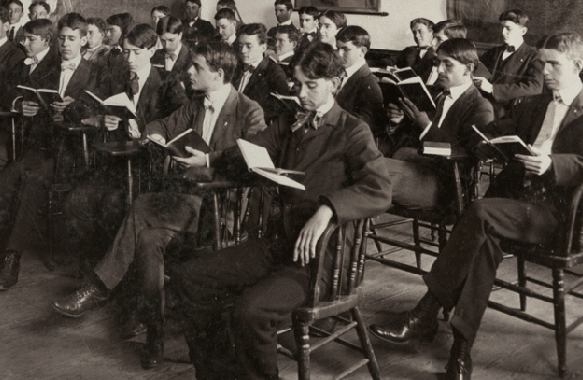
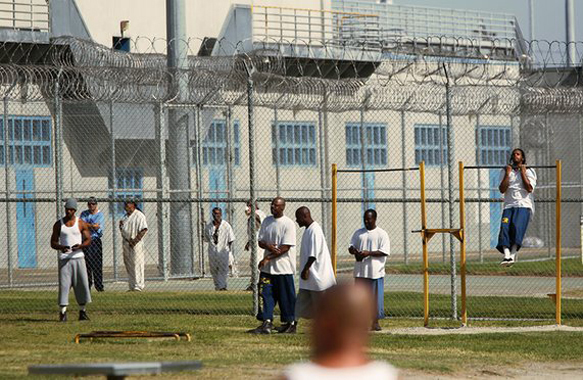
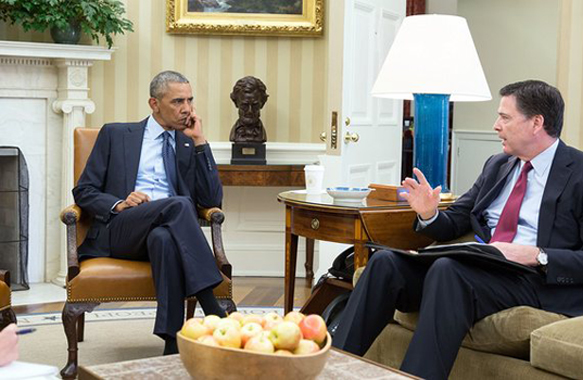

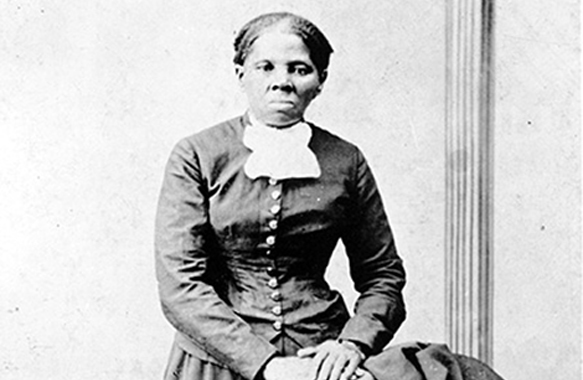


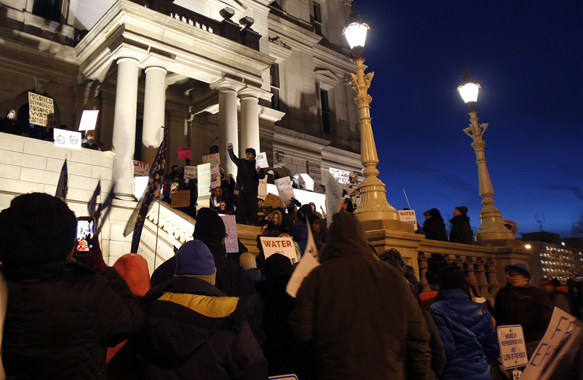


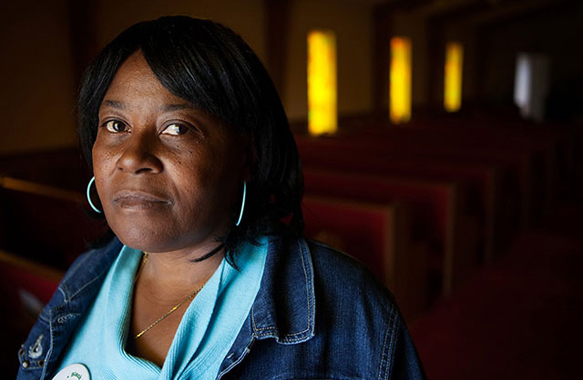

Leave A Comment